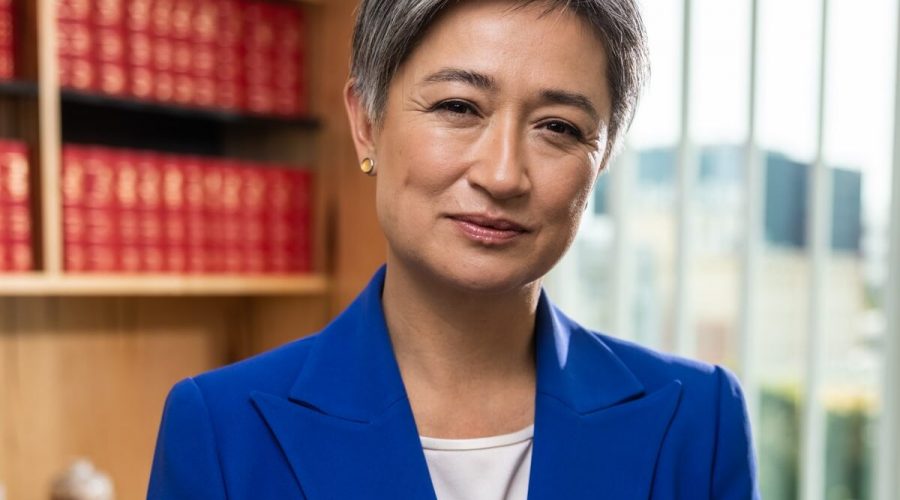The intersection between gender and cultural diversity is missing among women in leadership positions, and now a new study by Monash University has served up a bunch of insights on why and what we can all do about it.
Professor Helen Skouteris the lead author of a study, published in BMJ Leader by Monash University, has called on companies to place a significantly greater focus on cultural diversity among women in leadership positions.
“Yet women in leadership roles are currently not representing this diversity,” she said. “We cannot continue to focus solely on gender inequity; the lack of cultural diversity in women in leadership is equally as serious and must be addressed urgently.”
The Monash University study involved interviews with five high profile women, including:
- Senator the Hon Penny Wong, a Malaysian born Australian politician and now Leader of the Government in the Senate and Minister for Foreign Affairs.
- Yoorrook Justice Commissioner Sue-Anne Hunter, a Wurundjeri and Ngurai illum Wurrung woman and trained social worker.
- Mariam Veiszadeh of Media Diversity Australia, an Afghan-born Australian human rights champion lawyer, and diversity and inclusion practitioner.
- Her Honour Judge Nola Karapanagiotidis, a barrister and the first female Greek-Australian County Court Judge.
- Duré Dara OAM, who is Indian by race, Malaysian by birth, and Australian by choice. Duré studied social work, developed restaurants and was the first woman Victorian Restaurant and Caterers Association president.
“I think society still privileges, values, identifies particular traits as leadership, which are associated with how men have led, and a particular type of man,” Senator Wong said.
“I think the more important thing for us to think about is …within the broader society, how do we engage with men and women who may have a view that equality is a good idea, but don’t necessarily see or understand the ways in which behaviours can ratify existing structural inequality?
“And to talk through, not in a kind of accusatory way, but rather asking how is that? What can they do?”
The Australian leaders with diverse backgrounds expressed a sense of resignation and despair about the lack of women from First Nations and Culturally and Linguistically Diverse (CALD) backgrounds in leadership roles.
They have also offered the following recommendations to challenge structural norms and help improve cultural diversity among women in leadership..
- Intersectionality matters: The intersection between gender and race is missing in the structural work being undertaken to promote women in leadership.
- Understanding the problem and generating solutions: Women with lived experience must have a voice and the opportunity and support to lead discussions and decision-making.
- Reversing existing paradigms: Equity and inclusion of women from diverse racial backgrounds in leadership requires system-level change.
- Layers of intersectionality: Other layers beyond gender and race shape the experience of First Nations and CALD women, who may face further disadvantages due to sexual identity, gender identity, disability and/or migrant or refugee status. Further work is needed to understand how these are felt and experienced, and the change needed to reverse inequality and inequity.
Senior author Associate Professor Darshini Ayton says while diversity of perspectives and experiences is vital to drive innovation, economic growth and social progress, women from diverse backgrounds still face barriers to workplace equity – despite some improvement.
“The initial overall reaction of the women interviewed is that ‘there is not much worth preserving’, demonstrating a sense of resignation and despair,” she said.
“While there are limited women in senior leadership positions to act as role models, there are considerably fewer women from diverse backgrounds.”
The women spoke about masculine and European privilege, the need for nuanced understanding and approaches to First Nations and CALD leadership, and awareness of systemic barriers.
Adjunct Professor Hunter said a narrative around women of colour succeeding needed to be created and forged.
“You need diversity around the table,” she said. “And it’s not just the white men or women, who get to make the rules…because that doesn’t work anymore. It’s time to stop that.”
Financy writes about gender financial equality, diversity and inclusion. We also provide the software, Impacter which makes DEI performance easy and accessible for business. We also publish the quarterly Financy Women’s Index report which measures timeframes to equality in Australia. To stay up to date with us, subscribe to our newsletter.
















